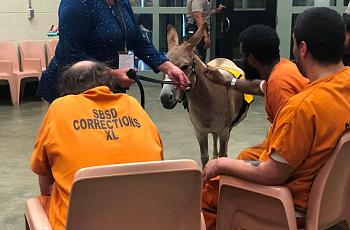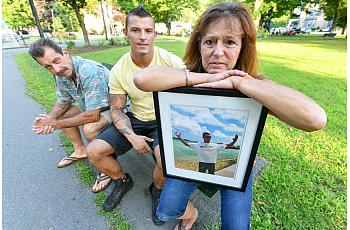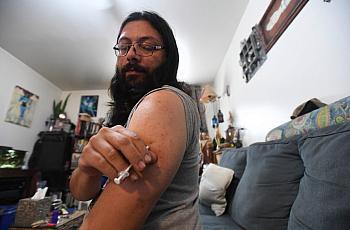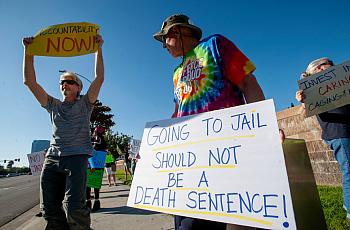
Nikie Johnson
Data reporter

Data reporter

A reporter shares five key sources to help others exploring health care problems in California jails, and some critical caveats you should keep in mind before turning to them.

Rusty the miniature donkey's effect on the group of seven severely mentally ill inmates at the West Valley Detention Center, San Bernardino County’s largest jail, was obvious.

Patrick Russell was one of almost 500 people to die in Southern California jails in the past decade. A grand jury report found almost half of the deaths in Orange County jails from 2014 to 2017 may have been preventable.

The first 72 hours after a person is booked into jail is when they’re at the highest risk of death, according to the director of health care for Los Angeles County’s jails.

Critics of Orange County’s jails fear that not enough action is being taken to improve health care in the wake of a series of recent watchdog reports that raised serious concerns about inmates’ well-being.

When an expert on correctional health care toured Riverside County’s jails in 2015, he found a shocking situation: For the past two years, one lone physician had been on staff to serve a system that booked almost 60,000 inmates a year.

The department has taken a number of steps since it was sued in 2016 by the Prison Law Office, which alleged that San Bernardino County jails were violating the constitutional rights of its almost 6,000 inmates.
This story was produced as part of a larger project led by Nikie Johnson, a participant in the USC Center for Health Journalism's 2018 Data Fellowship....

This story was produced as part of a larger project led by Nikie Johnson, a participant in the USC Center for Health Journalism's 2018 Data Fellowship....

This story was produced as part of a larger project led by Nikie Johnson, a participant in the USC Center for Health Journalism's 2018 Data Fellowship....